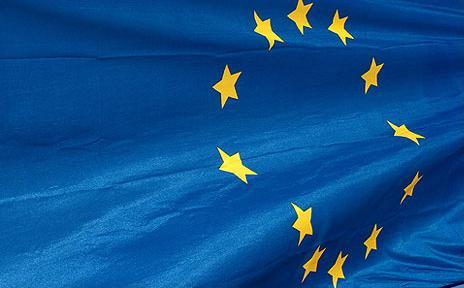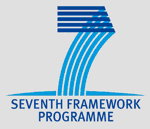| |
The Royal Institute of
Technology is the largest technical university in Sweden which attracts
approximately 30% of the Swedish research grants in natural and
technical sciences. KTH promotes competitive, externally financed
research. Moreover, the Institute is proactive in the field of technology
and knowledge transfer between the academia and industry.
The laser physics group at the department of Applied
Physics currently consists of 3 senior researchers (Prof. F. Laurell,
Assoc. Prof. V. Pasiskevicius, Dr. C. Canalias) and 7 PhD students.
From the year 2000 the group has graduated 15 doctoral students
and typically supports 5 MSc diploma projects per year. The research
is funded by the grants from private foundations, industry, national
government agencies and European programmes. The group is also a
founding member of a Joint Laboratory of Nonlinear Optics established
through the private foundation, with the aim of promoting close
collaboration between research groups in laser technology, nonlinear
optics, quantum optics, spectroscopy and biophotonics.
The research activities of the group have been recognised in 2003
by the national Göran Gustaffson prize awarded by the Swedish
Academy of Sciences.
The research conducted by the group covers topics in the fields
of nonlinear optics, laser physics and material research specifically
focussed on engineered nonlinear optical and Raman-active materials.
In the field of lasers the research of the group has been investigating
different laser materials for efficient diode-pumped operation,
which were exploited for the generation of different wavelengths
in the UV and blue-green parts of the spectrum by employing sum-frequency
mixing processes. Nonlinear crystals structured using the technology
developed in the group have been used to demonstrate ns, ps and
fs OPOs, OPGs and OPAs over wide spectral ranges.
All three research areas covered by the group, namely lasers, nonlinear
optics and nonlinear optical materials have attracted extensive
international collaborations both within academic community and
with commercial companies. This collaboration activity also was
extended by participation of the group in international projects:
FP5 LTR 26.522 FREMUX, FP6 NMP3-CT-2003-505580 DT-CRYS, both funded
by EC and FABIOLA project funded by Western European Armaments Organization
(WEAO). The research group maintains extensive collaborative ties
with industrial partners, both national and international, resulting
in substantial contract technology development and consulting component
in overall project portfolio. Such practice is encouraged by the
KTH policy and typically results in increased employment opportunities
for graduated students.
|





